Art & Tech
Gm, Frens! The Art World’s Discord Membership Exploded Amid the NFT Bubble. Can It Survive the Crypto Winter?
When artists and galleries rushed into NFTs, they also moved onto a niche social media app. Then, everything shifted.
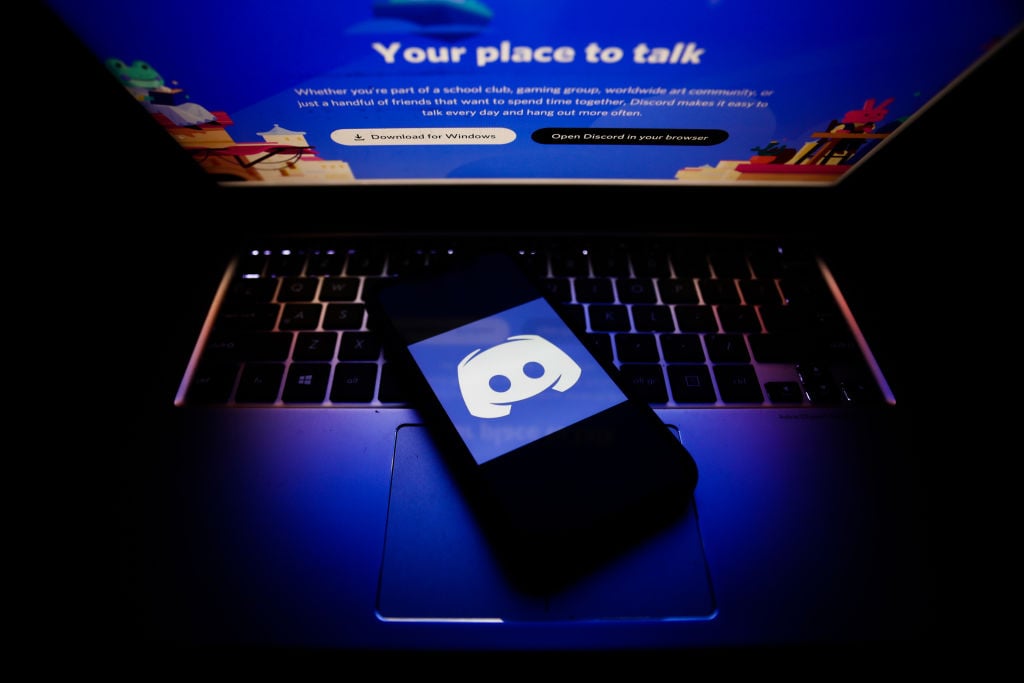
When artists and galleries rushed into NFTs, they also moved onto a niche social media app. Then, everything shifted.

Josie Thaddeus-Johns

It’s social media for Web3. An NFT grifter’s saleroom. Chat rooms for gaming-adjacent crypto natives. Whatever the social media app Discord is, if you’re into digital art, you are on it. And if you’re trying to reach those who are into digital art, that’s the place to go. From fashion brands like Gucci or Adidas, to art galleries like Pace, starting a Discord channel is a key part of integrating into the decentralized ethos of web3.
At least that was true when the NFT bubble began to inflate in 2021.
As NFTs grew in popularity, there was an equal rise in conversation about these so-called non-fungible tokens that live on the blockchain. Much of this chatter was happening behind the scenes on Discord, a more multifaceted platform than Twitter or Instagram, both of which are more commonly used in the traditional art world.
Discord, which doubled in membership in the pandemic, allows a group of users to build their own community “server,” which can be public (anyone can join) or private (invite-only). Each server hosts its own unique spread of chaotic, always-on channels on different topics, like who’s going to Art Basel or the odd artist shilling their NFTs. Often, there’s a meme channel (these days, filled with self-deprecating GIFs of crypto-apocalyptic losses). In the morning (depending where you are), users greet each other daily. “Gm” (meaning “good morning”) is the universal Web3 greeting on Discord, where time zones are an irrelevant nuisance and friendly brevity is of the essence.

Zach Lieberman, A globe, a world, (2022.) Courtesy of the artist and Unit London.
“It’s like 24/7 communication, it’s very fast,” said Joe Kennedy, founder of Mayfair art gallery Unit London, who made Discord part of his strategy in May 2021 to build a community “outside of the traditional collecting spheres.” Now, the gallery uses its server to announce artist collaborations, and issue statements on artist royalties. “There’s a good network effect,” he said. “We’ve met lots of new collectors we wouldn’t have access to otherwise.” With its busy, unfamiliar interface, Discord appeals more to those that work in tech, he noted. “They’re in their 40s, and tend to be a bit more open-minded,” he said. These collectors might not even use Instagram, he noted, and would be more comfortable on Reddit or Twitter.
This year, the gallery has been focused on small, curated sales via their marketplace Unit London Web3; for Kennedy, Discord is most successful in working with large editions, which the gallery has in the pipeline next year. “That’s the perfect format for Discord,” he said. “It’s a much more beneficial platform if there’s lots of people who are invested in a project by collecting.”
Caroline Busta, who co-founded the art-adjacent media project New Models well before crypto’s 2021 explosion, noted that the need for a Discord channel was initiated by their community in 2019, who weren’t satisfied with simply commenting on New Models content. “A lot of people were already into Discord and they held our hand,” she said. “We were like ‘why not?’” Then, in spring 2021 the crypto boom happened, and people suddenly entered the Discord channel, often looking for trading tips.
But now that the NFT bubble has burst, and the crypto winter shows signs of a permafrost, stakeholders on the Discord servers are wondering if the app is worth fighting for.
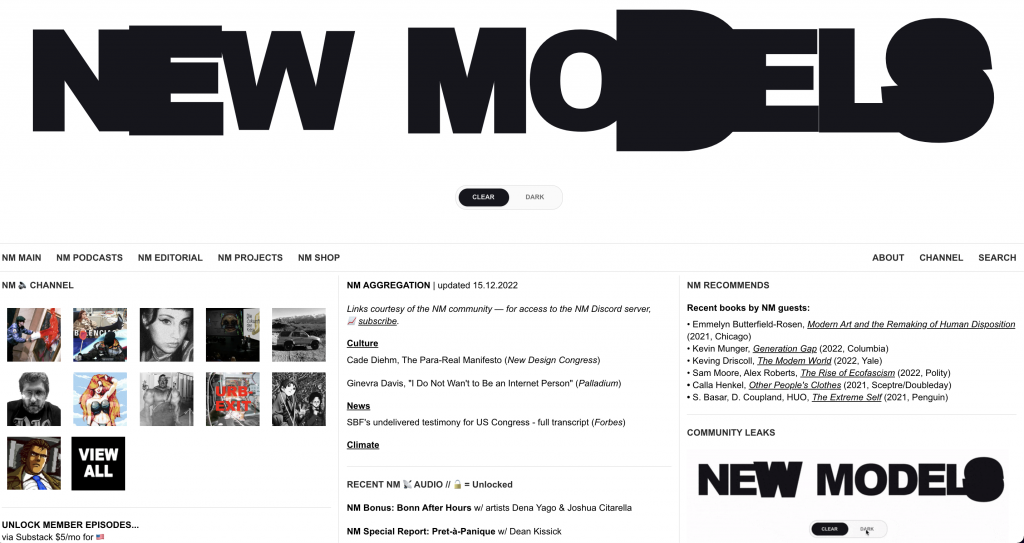
Screenshot of the website New Models.
The old art world and the new digital art world are, in part, engineered on exclusivity. One advantage Discord has for the burgeoning crypto-sphere (and the crypto-loving art world) is that it can provide a similarly gated space. With technology integrated into the app, some channels on certain servers are only open to those who own specific NFTs—think of it like a blockchain-enabled VIP card for Art Basel. The Discord server for Friends with Benefits, a cheekily-named crypto-enabled community of artists, developers, and “cultural thinkers,” is only accessible to those who hold a certain number of crypto tokens in their wallet. Discord, meanwhile, (the company declined to comment for this story) has, at times, signaled further crypto integrations, like in a recent tweet by their founder Jason Citron (he walked back the comment two days later).
While its functionalities are not vastly different from an app like the workplace messaging program Slack, the pace and insider knowledge required to participate in Discord conversations can be overwhelming. The bricks-and-mortar art world has been, on the whole, slow to adopt it. Maybe that is because its roots stem to the gaming world—as such, it has retained idiosyncratic elements like badges and special roles that can be awarded to members, as well as a young demographic. Though the gaming-friendly design may alienate non-gamers, it is also a natural home for projects focused on web3, a version of the internet that is decentralized, blockchain-built, and token-based.
“In the early days of Web3 and crypto, there was this correlation with folks who were really into gaming,” said Malcolm Levy, an artist who runs a digital arts festival platform called RefractionDAO, which also runs a Discord server. For those building culture and tools for digital art and NFTs, he said, Discord became the default app for both collaboration and socializing.
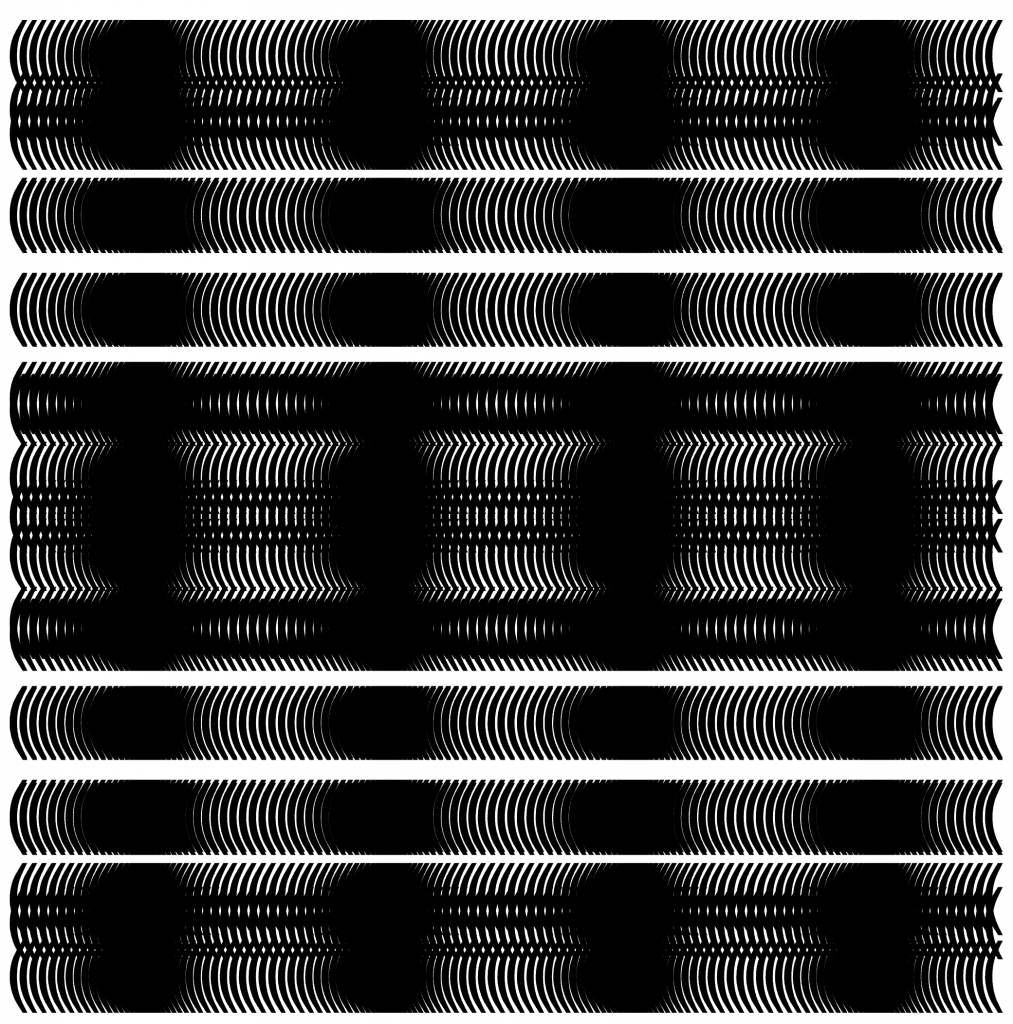
Tara Donovan, QWERTY, (2022). © Pace Verso
As voice-chatting apps became more popular during the lockdowns of the early pandemic, Discord became newly attractive. “I think Clubhouse led to Discord,” said Justin Aversano, a photographer who works with NFTs and runs the Discord server Quantum, a server with over 14,000 members that announces drops from his curated NFT platform. Clubhouse, that fleetingly buzzing app in the art world, was where someone suggested he set up a Discord server for his collectors so that he could keep them updated on his work while they chatted to one another.
More traditional industry players followed the wave of creatives like Aversano there.
When König Galerie set up its digital marketplace Misa.art, now rebranded as Expanded Art, they ran a Discord server alongside it. (Despite the rebrand, Misa.art’s official Discord server is still online as of December 14; a representative of Expanded Art declined to comment, though online posts suggest the Discord will remain, under the new branding. There is a new community manager in place, and the channel promises to “bring the discord back to life.”)
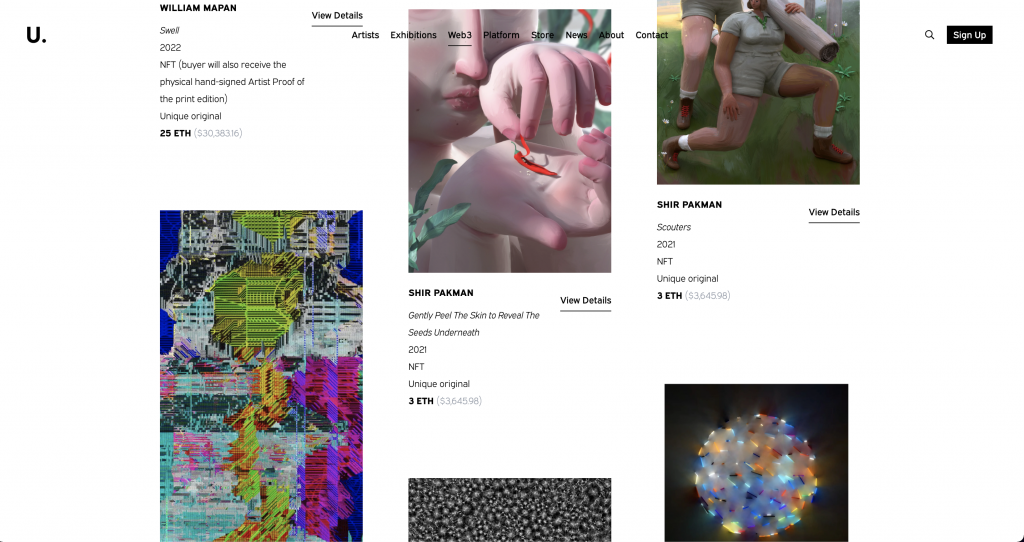
Screenshot of Unit London’s Web3 platform.
Pace Verso, the web3 arm of the blue-chip gallery Pace, launched its Discord in March this year, intending to “connect directly with the segment of the NFT community outside Pace’s orbit,” according to Amelia Redgrift, Pace’s chief marketing and communications officer.
“It quickly became clear that establishing a Discord server needed to be one of our first steps in growing an audience for Pace Verso,” she said. The platform is used for sales announcements and programming, but also, increasingly, for conversation, she noted, adding that one of the most notable differences from other platforms is its “informal nature of Discord and the potential for two way engagement.” The Pace spokesperson said that the Discord had been “uniquely successful”—indeed, they are creating a new communications role at Pace Verso that will, in large part, be dedicated to managing and strategizing the platform.
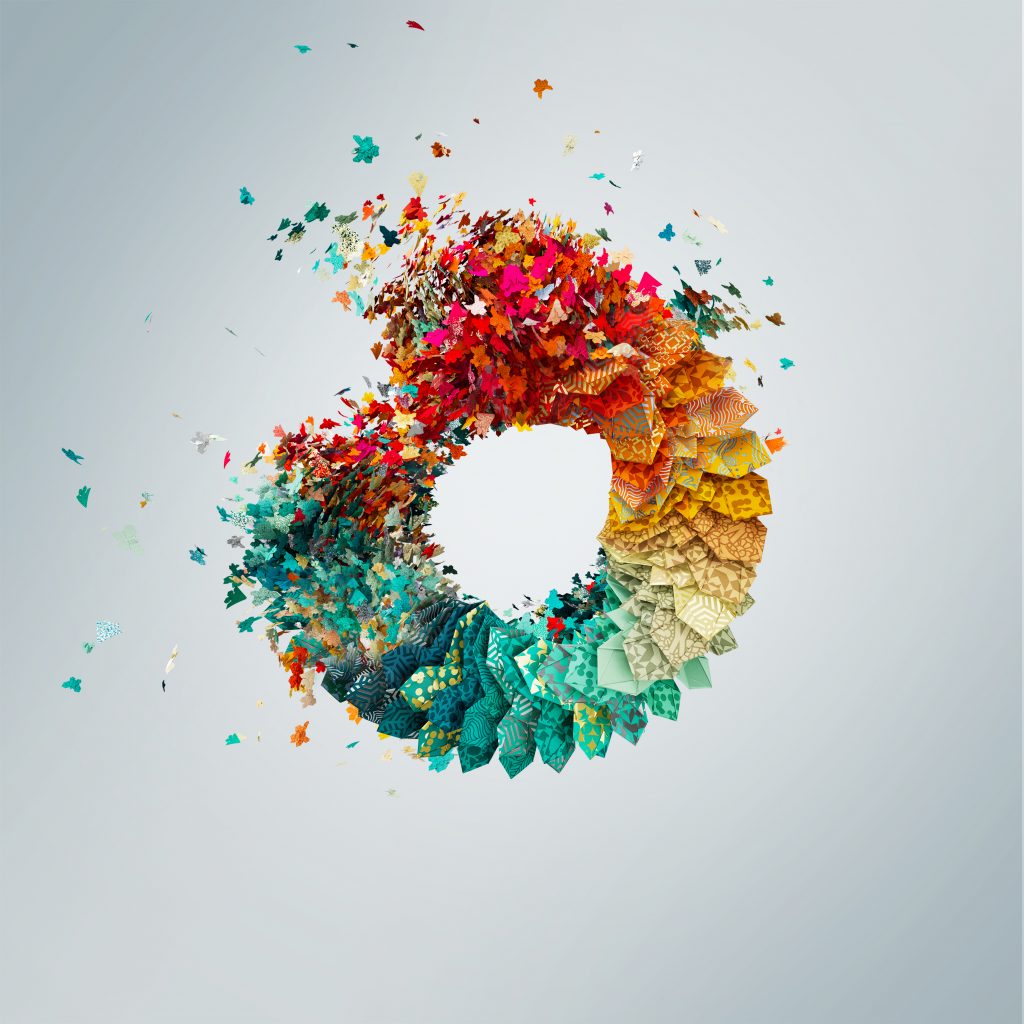
Random International and Danil Krivoruchko, Life in Our Minds, (2022). © Pace Verso
But is Pace moving in the opposite direction from the rest of the market? As another crypto winter—which saw a major downturn in the value of tokens, a devaluation of NFTs, as well as the folding of major web3 corporation FTX—draws in, Discord devotees have noticed a slide in the participation levels.
In September 2021, there were multiple “gm”s every day on Unit Gallery’s Discord server, for instance—now, they pop up once or twice a week. “A lot of people have just stopped using [Discord], probably to do stuff in the real world,” said the photographer, Aversano. “All the mania of 2021 has ceased.” These days, his works are mostly sold to NFT funds or DAOs, he said, so his Discord isn’t as important as a sales conversion pipeline. “There really is no conversation when the art ends up in the final place for it to be,” he said.
Levy, from RefractionDAO, said that he felt artists in particular were becoming “burned out” on the platform. Meanwhile, there’s no sign of traditional collectors joining the conversation: “If you profile a traditional art collector who’s buying paintings and sculptures, for them, it’s seen as tiring and exhausting,” said Kennedy.
Discord’s fate has not been helped by its susceptibility to hackers. Pace Verso has a section of its Discord server dedicated to scam warnings, and joining most NFT-related Discord servers results in an influx of spam messages promising get-rich-quick schemes. Indeed, in three separate incidents between April and June this year, hackers have successfully used phishing links on Discord to steal hundreds of thousands of dollars worth of NFTs from Bored Apes Yacht Club (BAYC) owners this year. After the third, BAYC co-founder Gordon Goner wrote in a tweet: “Discord isn’t working for web3 communities. We need a better platform that puts security first.”
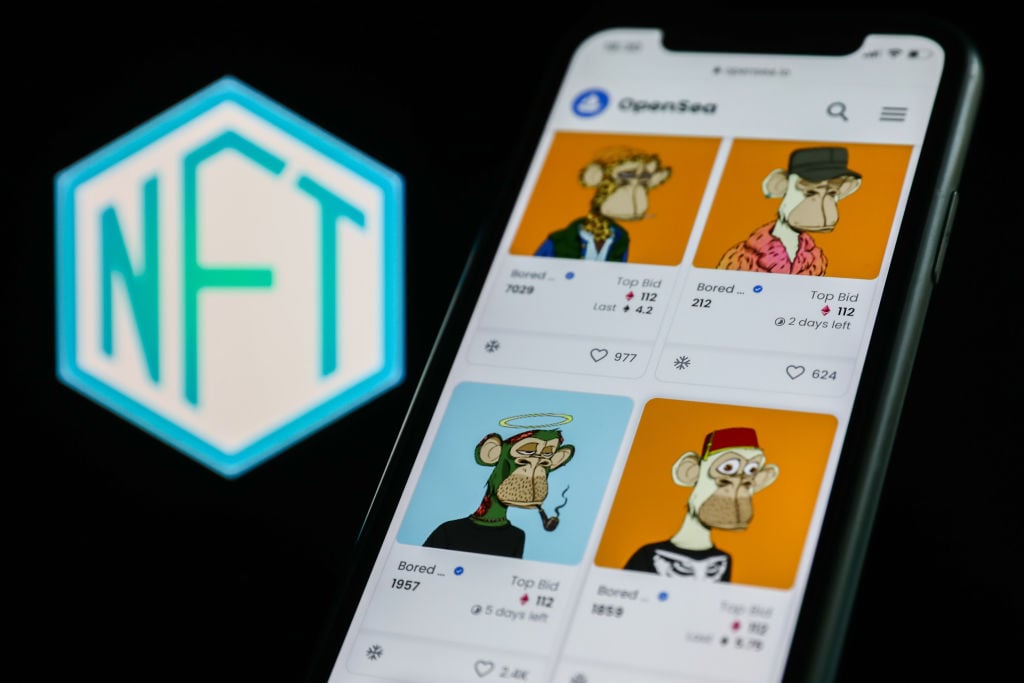
Bored Ape Yacht Club collection in OpenSea displayed on a phone screen. (Photo by Jakub Porzycki/NurPhoto via Getty Images)
In an email to Artnet News, BAYC co-founder Greg Solano (also known as Garga) said: “Scams are an unfortunate part of the crypto world right now, and relying on a platform we don’t control can be a little nerve-wracking.” BAYC have now created a bespoke security verification system for posting announcements on their own website.
Levy said they have begun hosting “Town Hall” meetings on Twitter instead. Friends with Benefits have developed an app (soft-launched in Miami in early December during Art Basel Miami Beach) that will play the role of Discord for their members. Even the CryptoPunks Discord channel, which is where Justin Aversano was convinced of the platform’s community utility, has now fractured. That conversation is now happening on a Telegram group started by members of the community, he said.
While crypto was riding high, there was a financial incentive to learn about some of the cumbersome user interface required to use Discord’s token-gated mechanisms, said Busta, from New Models. “At this point. I don’t see that happening,” she said.
Though some have proposed Discord as a replacement for an imploding Twitter, she noted that the platform encouraged siloed communities that don’t communicate with one another: it doesn’t provide a public, open space. “I think that web3 may hold the answer to this public square question, but Discord alone can’t yet solve that,” she said.
What is certain is that this community of tech-literate art aficionados will keep looking for new ways to connect. “This industry is not just volatile in that the coins change, but also in how communities form—it’s really rapid,” said Aversano. “It literally changes on a week-to-week basis.” Watch this space.